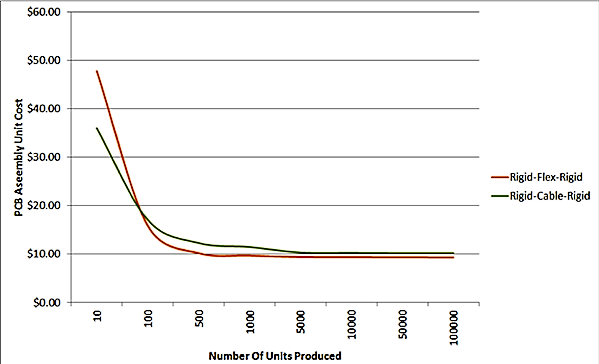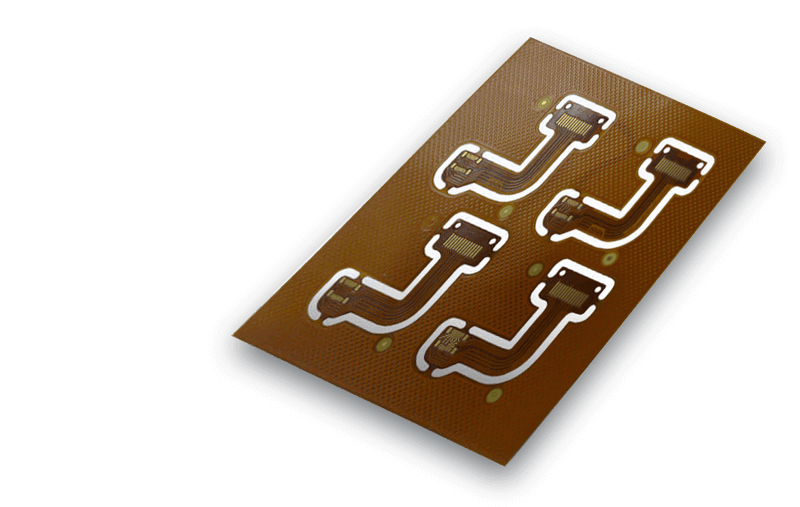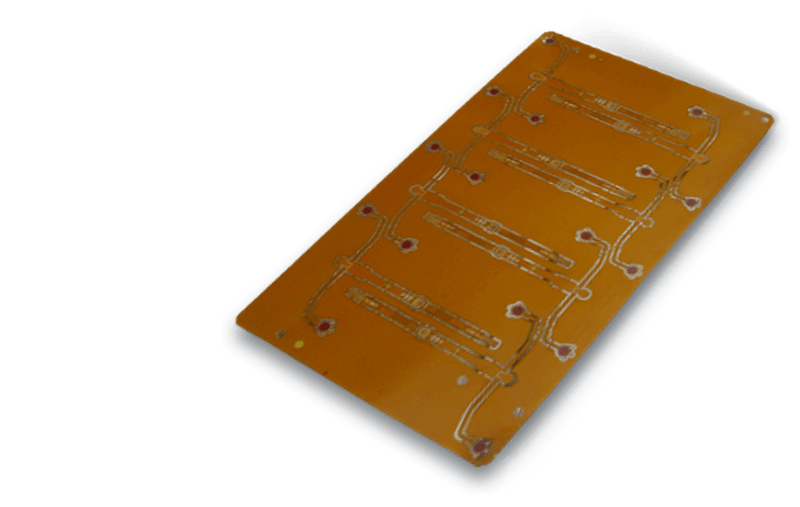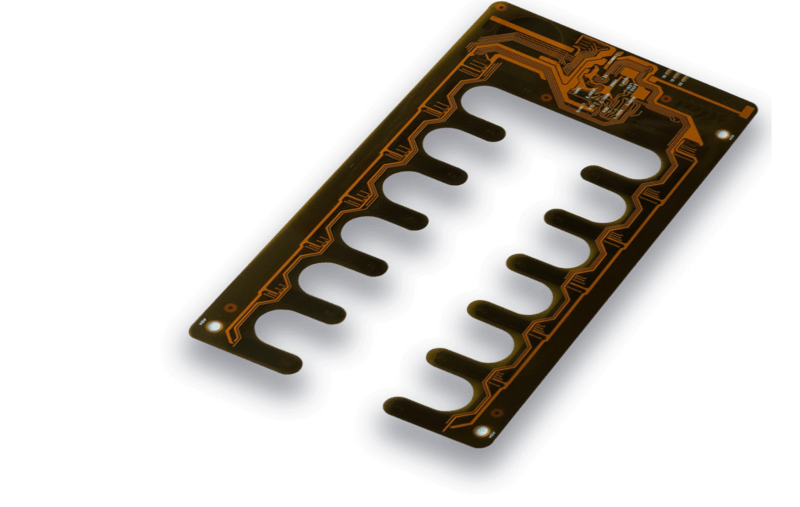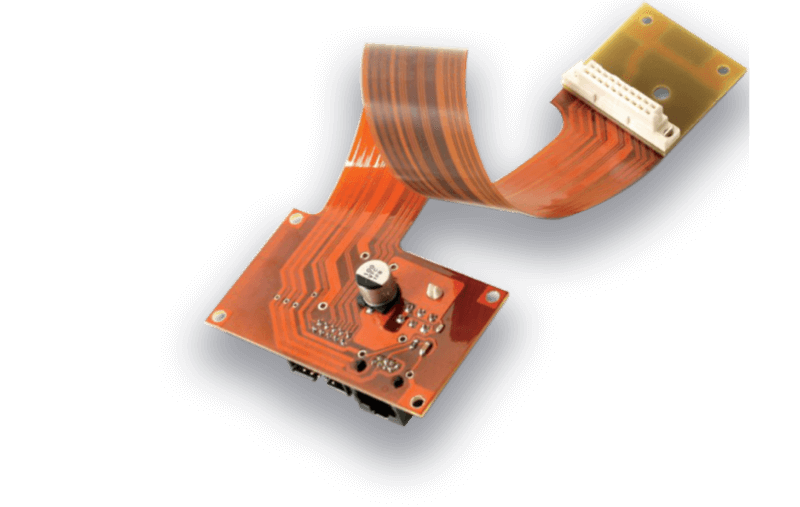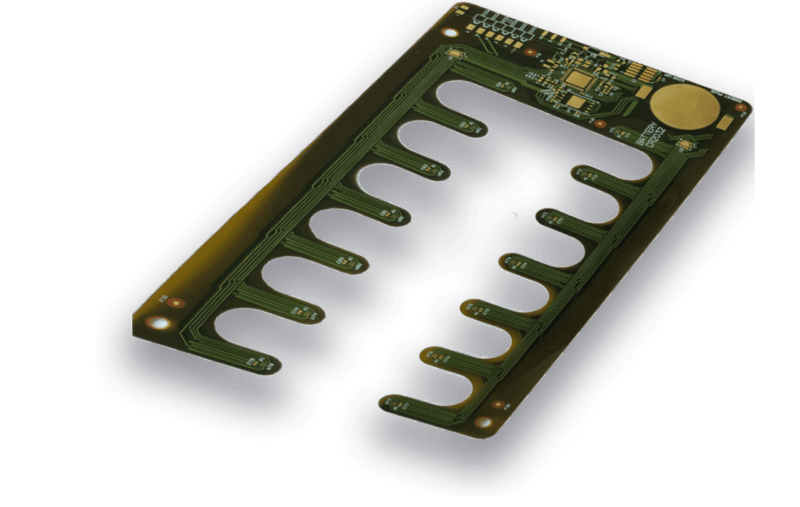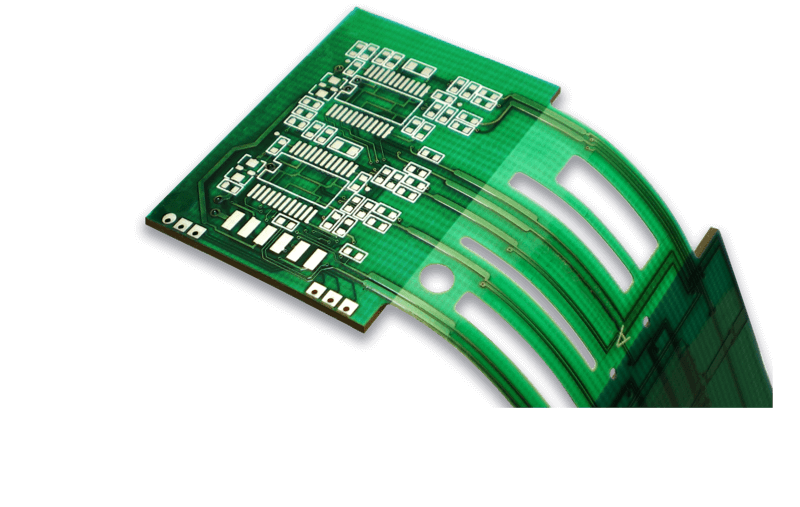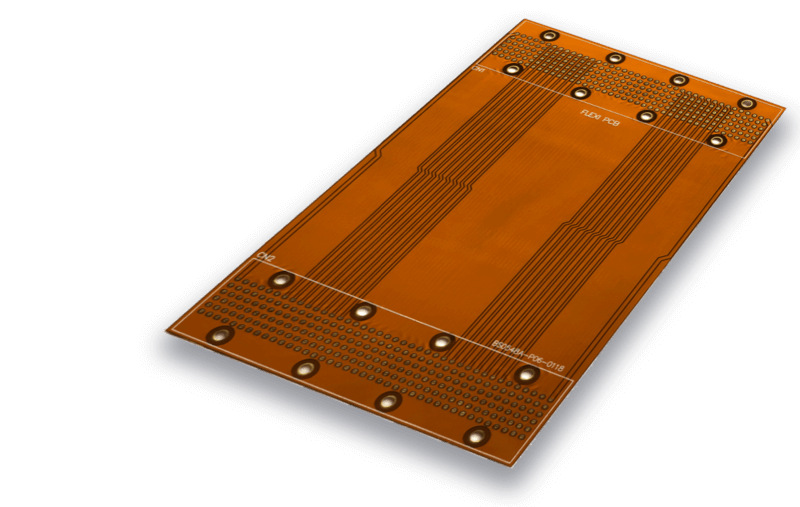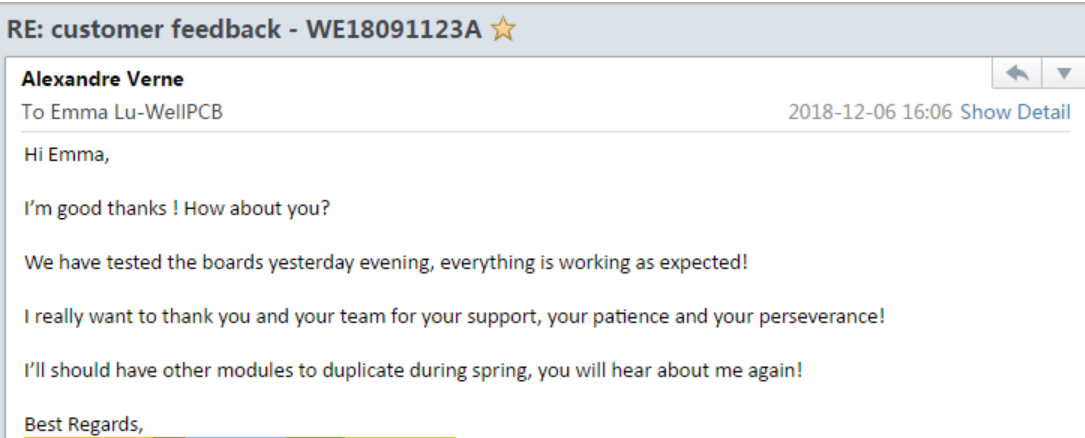Table of Contents
Flex board is a massive achievement in the electronics industry. It paved the way for many complex devices to be developed.
The idea of a flexible board was stated even before Edison’s period. Back then, circuits were even created by weaving thin wire in a piece of cloth.
Later in the early 1900s, copper strips or graphite coatings were tested to produce a potential flex board.
In the ’50s, engineers started working on flex boards to reduce space and compress circuits inside a small area like a satellite.
Then, it was used as a connecting material for various electronic components and devices.
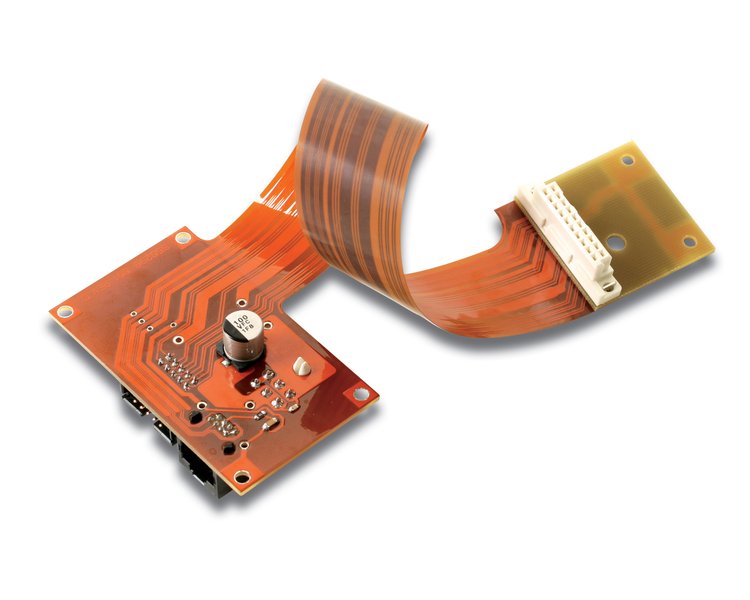
1.Flexible circuit
The evolution of SMD components was at its peak in the late 1980s, and some applications required a flexible substrate to mount the components, shrinking the device footprint and squeezing the circuit boards into a compact space.
Flex boards have the same setup as the regular PCB, but the mounting substrate is varied.
The flex boards must have a flexible material with high-temperature resistance, a rigid surface, and high thermal conductivity to replace the glass epoxy sheet.
Flex boards are designed with a small burst rather than the regular exposure to sustain the soldering process and continue to work on the room temperature.
The flex board materials are selected to resemble the material properties of the conductive layer closely.
Which is mostly copper, but in some extreme cases, a carbon film is also used.
A material that closely resembles the flex board is more resistant to the mechanical stress caused between the two layers.
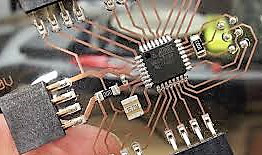
2. Advantages of Flex Board
Flex boards are a crucial variable in the creation of wearable technology. The latest innovation in thin wearable gadgets results from the evolution in flex board technology.
The significant advantage of the flex boards is the freedom of shape and orientation. Satellite uses the flex boards more to conceal the active circuitry inside a shielded layer.
Flex boards can also eliminate wires as they can be used as wires. These designs will have extended sides that can be crimped to a connector and are directly sold to the second PCB.
Flex boards are a lot less heavy than regular PCB, making them an idea of lightweight applications.
Flex boards are also thinner than standard PCBs. They can also serve in harsh environments with a much lesser impact on the vibrations.
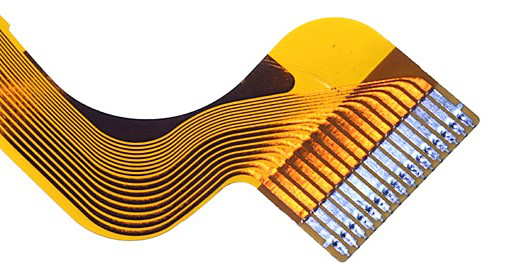
3. Disadvantages of Flex Board
The major disadvantage of flex boards is the manufacturing cost. Due to the difference in material properties, it also takes time to produce the flex boards.
